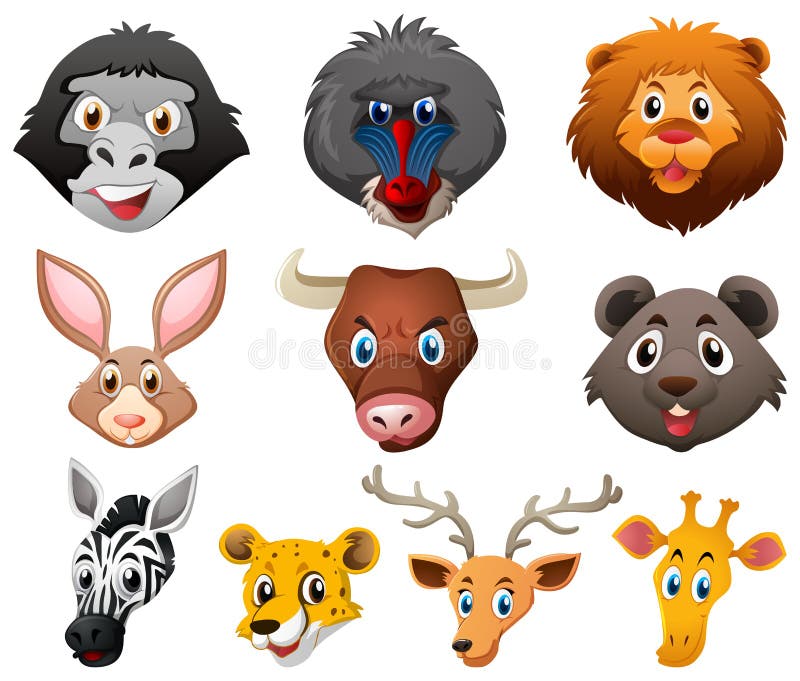

You may also cut back on the things you consume, such bushmeat and items made of ivory, that cause habitat destruction or the hunting of African wild dogs. This entails lowering your carbon footprint by using sustainable products, eliminating trash, and saving energy.

Taking steps to lessen your environmental effect can also help rescue African wild dogs.


Visit protected regions where African wild dogs can be found doing so will aid in raising money for conservation efforts. Look for tour companies that provide ethical opportunities to observe animals and support local conservation initiatives. Encourage your friends, family, and neighbors to find out more about the species and do something to conserve it.Īfrican wild dogs can benefit from sustainable tourism's support of conservation initiatives. Learn about the ecology, behavior, and natural history of African wild dogs and spread the word about it. Learning about African wild dogs and the dangers they face can help you and others take action to rescue the species. This might entail backing conservation laws that safeguard the habitats of African wild dogs, opposing measures that would legalize the practice, and advocating for conservation education in classrooms and communities. Supporting conservation laws and regulations that safeguard the species and its environment is another method to contribute to the survival of African wild dogs. You may assist these organizations' conservation efforts by making a donation or giving your time to them. African wild dogs and their habitats are being protected by groups including the Wildlife Conservation Society, the Endangered Wildlife Trust, and the African Wild Dog Conservancy. Supporting conservation groups that aim to conserve African wild dogs is one of the finest ways to contribute to their survival. Thankfully, there are several methods to support the survival of African wild dogs and save this rare species for future generations. However, because to human activities like habitat degradation, poaching, and sickness, their number has greatly decreased. Because of their striking coat patterns and group hunting habits, these extremely gregarious creatures are well recognized. Sub-Saharan Africa is home to the rare and endangered African wild dog, commonly known as painted wolves or Cape hunting dogs. Wild dogs are one of the few mammals that look after sick, old or disabled members of the pack.They are specialized in hunting medium-sized prey between 15-50 kg such as antelope, springbok, and impala.The greatest threat to these form of wildlife is humans. They have an 80% success rate while hunting thanks to their coordinated hunting technique.They are nomads traveling over 50km a day and their territories range between 400-1500 km.Pups are given priority over the alpha pair and are looked after by the other members of the pack.There is an alpha breeding pair at the top of the hierarchy of the pack which means they are fed first before any other member of the pack. They are also known as the painted wolf because of their pattern which is unique to each dog.To understand more about them, let’s take a closer look at some of their characteristics: They remind us a lot of hyenas and their hunting technique shows no remorse. Learn more about these intriguing creatures and volunteer for the conservation of this important wildlife species.Īfrican Wild dogs can’t count on much sympathy at first glance. Also known as the African painted dog, they are facing extinction with a mere 5000 dogs left on our planet. Frequently confused with the Hyena, the African Wild Dog is a different species prided for their hunting technique and social hierarchy within the pack. If you’re attracted to the unconventional, you may find volunteering with the African Wild Dog an interesting experience.


 0 kommentar(er)
0 kommentar(er)
